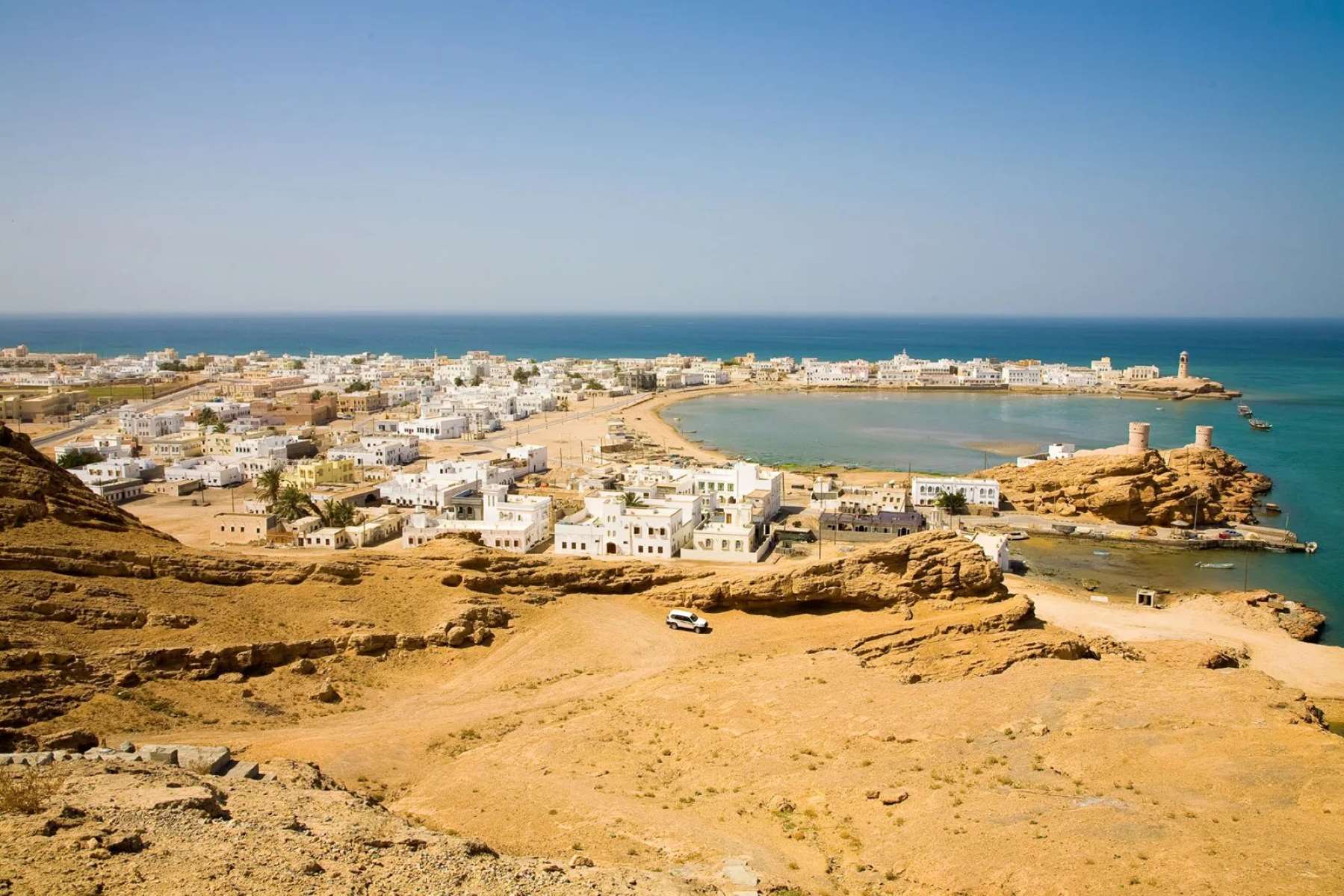
What makes the Arabian Sea so fascinating? This body of water, nestled between the Arabian Peninsula and the Indian subcontinent, holds a treasure trove of secrets. From ancient trade routes to diverse marine life, the Arabian Sea has been a vital part of human history and natural wonder. Imagine a place where pirates once roamed, where monsoon winds dictate the rhythm of life, and where underwater mountains rise from the depths. Whether you're a history buff, a nature enthusiast, or just curious, the Arabian Sea offers something for everyone. Ready to dive into 31 intriguing facts? Let's set sail!
Geography of the Arabian Sea
The Arabian Sea is a fascinating body of water with a rich history and unique geographical features. Let's dive into some intriguing facts about this sea.
- The Arabian Sea is part of the northern Indian Ocean, bordered by India, Pakistan, Iran, Oman, Yemen, and the Maldives.
- It covers an area of about 3.86 million square kilometers, making it one of the largest seas in the world.
- The average depth of the Arabian Sea is approximately 2,734 meters, with its deepest point, the Murray Ridge, reaching around 4,652 meters.
- Major rivers like the Indus and Narmada flow into the Arabian Sea, contributing to its unique marine ecosystem.
- The sea is connected to the Persian Gulf through the Strait of Hormuz, a crucial passage for global oil transportation.
Historical Significance
The Arabian Sea has played a vital role in the history of trade, exploration, and cultural exchange. Here are some historical facts that highlight its importance.
- Ancient civilizations, including the Mesopotamians and Indus Valley people, used the Arabian Sea for trade as early as 3000 BCE.
- The sea was a key route for the spice trade, connecting the East with the West.
- Famous explorers like Vasco da Gama navigated the Arabian Sea during their voyages to India in the late 15th century.
- The sea has been mentioned in various ancient texts, including the Periplus of the Erythraean Sea, a Greek travel document from the 1st century CE.
- The Arabian Sea was also part of the Silk Road maritime routes, facilitating the exchange of goods and ideas between Asia, Africa, and Europe.
Marine Life and Ecosystem
The Arabian Sea is home to a diverse range of marine life and ecosystems. Let's explore some fascinating facts about its biodiversity.
- The sea hosts a variety of marine species, including dolphins, whales, and sea turtles.
- Coral reefs in the Arabian Sea, particularly around the Lakshadweep Islands, are rich in biodiversity.
- The sea is known for its seasonal upwelling, which brings nutrient-rich waters to the surface, supporting a thriving marine ecosystem.
- Mangrove forests along the coastlines of India, Pakistan, and Oman provide crucial habitats for various species.
- The Arabian Sea is also home to several endangered species, including the Arabian humpback whale and the green sea turtle.
Climate and Weather Patterns
The Arabian Sea experiences unique climate and weather patterns that influence the surrounding regions. Here are some interesting facts about its climate.
- The sea is known for its monsoon winds, which bring heavy rainfall to the Indian subcontinent during the summer months.
- Cyclones occasionally form in the Arabian Sea, impacting coastal regions with strong winds and heavy rains.
- The sea's surface temperature varies between 25°C to 28°C, depending on the season.
- The Intertropical Convergence Zone (ITCZ), a region where trade winds converge, influences the weather patterns over the Arabian Sea.
- The sea's climate plays a crucial role in the agricultural cycles of the surrounding countries, particularly in India.
Economic Importance
The Arabian Sea is not just a geographical marvel but also an economic powerhouse. Here are some facts highlighting its economic significance.
- The sea is a major route for oil transportation, with several important oil shipping lanes passing through it.
- Fishing is a significant industry in the Arabian Sea, providing livelihoods for millions of people in the coastal regions.
- Major ports like Mumbai, Karachi, and Muscat are located along the Arabian Sea, facilitating international trade.
- The sea's rich marine resources, including fish and minerals, contribute to the economies of the surrounding countries.
- Tourism is also a growing industry, with beautiful beaches and marine attractions drawing visitors from around the world.
Environmental Concerns
Despite its beauty and economic importance, the Arabian Sea faces several environmental challenges. Here are some facts about the environmental issues affecting the sea.
- Pollution from industrial and agricultural runoff has led to the degradation of marine habitats in the Arabian Sea.
- Overfishing has resulted in the decline of several fish species, threatening the sea's biodiversity.
- Climate change is causing rising sea levels and increasing sea temperatures, impacting the marine ecosystem.
- Coral bleaching, caused by higher sea temperatures, is a significant threat to the coral reefs in the Arabian Sea.
- Efforts are being made by various countries and organizations to protect and preserve the Arabian Sea's marine environment.
Cultural Impact
The Arabian Sea has also had a profound impact on the cultures of the surrounding regions. Here are some cultural facts related to the sea.
- The sea has inspired countless myths, legends, and folklore in the coastal communities of India, Pakistan, and the Arabian Peninsula.
Final Thoughts on the Arabian Sea
The Arabian Sea holds a treasure trove of fascinating facts. From its rich history to its diverse marine life, this body of water is more than just a geographical feature. It's a lifeline for many countries, supporting trade routes and fishing industries. The monsoon winds that sweep across it have shaped cultures and economies for centuries. Its depths hide secrets yet to be fully explored, while its surface connects continents. Whether you're a history buff, a nature lover, or just someone who enjoys learning new things, the Arabian Sea offers something for everyone. So next time you look at a map, take a moment to appreciate this incredible sea and all it has to offer.
Was this page helpful?
Our commitment to delivering trustworthy and engaging content is at the heart of what we do. Each fact on our site is contributed by real users like you, bringing a wealth of diverse insights and information. To ensure the highest standards of accuracy and reliability, our dedicated editors meticulously review each submission. This process guarantees that the facts we share are not only fascinating but also credible. Trust in our commitment to quality and authenticity as you explore and learn with us.


